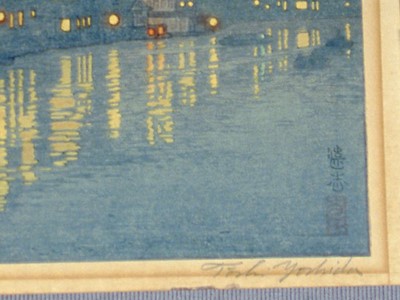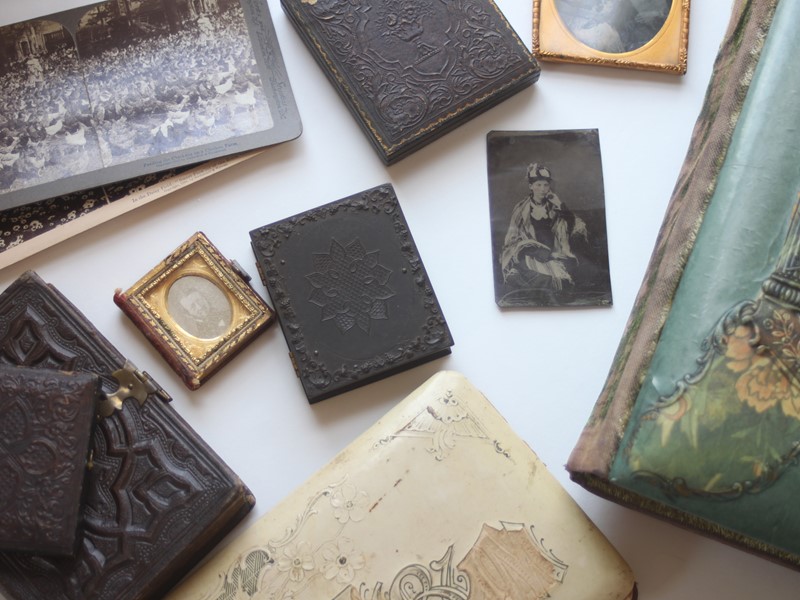Take Charge of the Conversation
When mounting your artwork, it is important that all the materials in contact with your object be of high quality and not likely to cause damage to your art over time as it ages. This will involve a conversation with your framer. Ask them to use mat board that is 100% rag, or cotton, and lignin free. This is often referred to as “museum board.”
Most commercial framers are aware of the need for archival materials and techniques when mounting artwork. However, the onus is still on the client to request that these materials and techniques be used. A truly archival, museum quality mat board is more expensive and tends to come in fewer colors than regular mat board so a framer may not use it unless the client asks.
Matting, Backing and Hinges

Why is this important? Nearly all paper and board manufactured today is made from wood pulp. Wood pulp is composed of both cellulosic fibers and a fibrous material called lignin. Lignin plays an important role in the plant cell by lending support and rigidity. However, unlike cellulose, lignin left in the paper will become acidic over time and speed up the overall degradation of the paper. The acids will also affect other papers in direct contact with the original paper and cause discoloration and damage. Lignin can be reduced in paper through cooking and bleaching during the papermaking process. A truly lignin free paper or board, however, needs to be made from fibers from plants containing little to no lignin, such as cotton.
If you don’t wish to ask a conservator to apply hinges for you, ask if your framer can mount your art without hinges, using photo corners or edge strips. Most artwork can be mounted this way. If you wish to “float” your art so that the edges are visible all the way around, you will need to attach hinges and these should ideally be placed by a conservator. Hinges should be strong archival paper, such as Japanese paper, and adhered with a high quality wheat starch paste. Never use tape as a hinging material. Tape adhesives do not age well, becoming acidic and difficult to remove over time.

Framing and Display
Once your art has been enclosed between two pieces of archival mat board (the window mat and the back mat), it can be placed in a frame. It is recommended that you use plexiglass rather than glass for the glazing. Glass can break and damage the artwork. A UV filtering plexi will help protect your artwork from light damage while it is on display.
And, finally, use proper framing wire to hang your art! The wire should be attached at both sides of the back of the frame with D-rings, not eye-screws. Unless the frame is small and lightweight, use D-rings with two or more screw holes for extra security.


